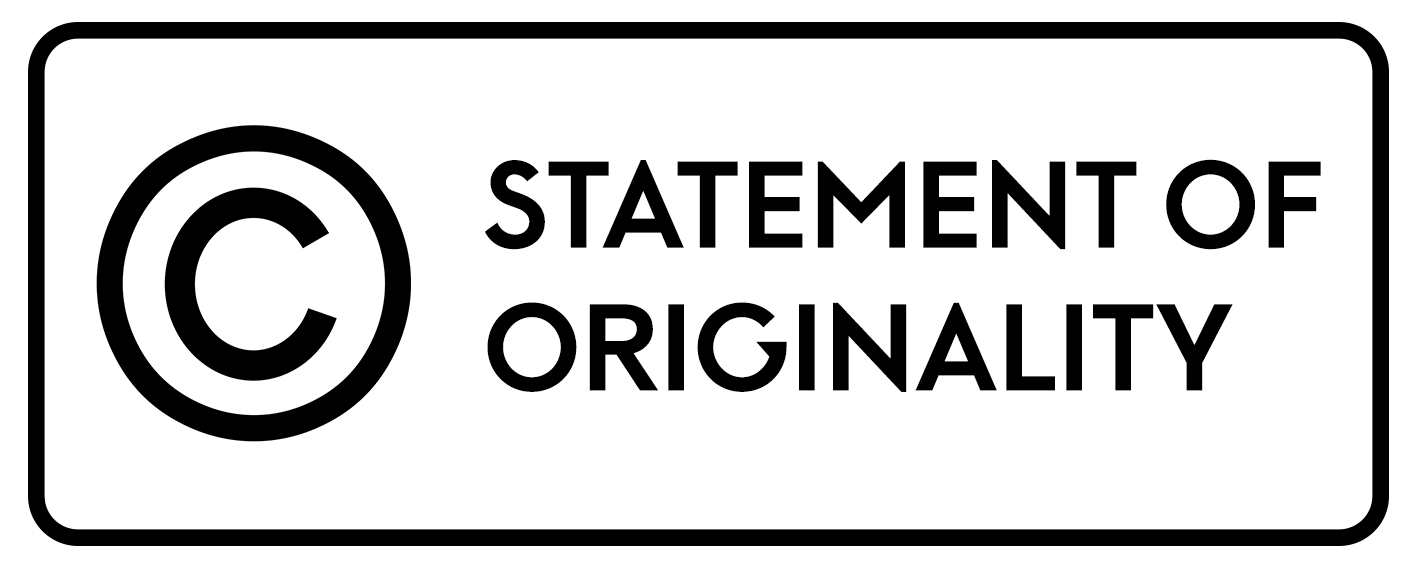Pemetaan Ekosistem Mangrove Menggunakan Unsupervised Learning dengan Data Remote Sensing
DOI:
https://doi.org/10.35799/ijids.v3i1.50153Keywords:
Landsat, Data Citra, K-Means , Random ForestAbstract
The Mangrove Ecosystem is one of the coastal ecosystems that experiences a lot of threats from various activities. The latest land use and land cover information is very necessary in regional development planning and environmental monitoring. One way to obtain this information is through remote sensing satellite image data processing. Therefore, this research aims to identify changes in mangrove forests using Machine Learning algorithms, namely K-Means and Random Forest, as well as determine the ability of the K-Means and Random Forest algorithms in identifying these land changes. The results of land cover changes in the mangrove ecosystem of Palaes Village in 2013 and 2021 based on Unsupervised Learning using the K-Means and Random Forest algorithms were clustered into 4 and 5 land cover classes based on different color classes, namely mangrove, sea water, other plants, raised sand and soil . Selection of the number of clusters is very important to get accurate results. The cluster results show that the clustering of the Palaes Village mangrove ecosystem looks more accurate on the 5 cluster K-Means map.
References
S. Umayah, H. Gunawan, dan M. N. Isda, “Tingkat Kerusakan Ekosistem Mangrove di Desa Teluk Belitung Kecamatan Merbau Kabupaten Kepulauan Meranti,” Jurnal Riau Biologia, vol. 1, no. 1, hlm. 24–30, 2016.
E. Karminarsih, “Pemanfaatan ekosistem mangrove bagi minimasi dampak bencana di wilayah pesisir,” Jurnal Manajemen Hutan Tropika, vol. 13, no. 3, hlm. 182–187, 2007.
T. R. Fariz, P. I. Permana, F. Daeni, dan A. C. P. Putra, “Pemetaan ekosistem mangrove di Kabupaten Kubu Raya menggunakan machine learning pada Google Earth Engine,” Jurnal Geografi: Media Informasi Pengembangan dan Profesi Kegeografian, vol. 18, no. 2, hlm. 83–89, 2021.
M. R. Nandika, A. A. M. A. P. Suardana, dan N. Anggraini, “PEMETAAN MANGROVE MENGGUNAKAN ALGORITMA MULTIVARIATE RANDOM FOREST: Studi Kasus di Segara Anakan, Cilacap,” Majalah Ilmiah Globe, vol. 25, no. 1, hlm. 21–30, 2023.
A. F. Hanan, I. Pratikto, dan N. Soenardjo, “Analisa distribusi spasial vegetasi mangrove di desa Pantai Mekar Kecamatan Muara Gembong,” J Mar Res, vol. 9, no. 3, hlm. 271–280, 2020.
E. Alfonsius, Sukardi, dan I. M. N. V. Astawa, “Sistem Informasi Pelaporan Pekerjaan Proyek Berbasis SDLC Modelling (Studi Kasus: PT Vertikal Tiara Manunggal),” Journal of Artificial Intelligence And Technology Information (JAITI), vol. 1, no. 2, hlm. 50–58, Jun 2023.
E. Alfonsius dan Bonitalia, “Decision Support System for Granting of Credit Using Website-Based Promethee Method (Case Study at BPR Abc Bank),” CHAIN: Journal of Computer Technology, Computer Engineering and Informatics, vol. 1, no. 2, hlm. 123–136, Jul 2023.
E. Alfonsius, S. W. C. Ngangi, dan A. L. Kalua, “Decision Support System Determination of Recipients Subsidized Fertilizer Donation Using the SMART (Simple Multi Attribute Rating Technique),” Journal of Information Technology, Software Engineering and Computer Science (ITSECS), vol. 1, no. 3, hlm. 124–134, Jul 2023.
E. Alfonsius dan W. W. Kalengkongan, “Development of an Alumni Data Processing Information System Using the SDLC Modeling System Development Method,” Jurnal Ilmiah Sistem Informasi Akuntansi, vol. 3, no. 1, hlm. 53–59, 2023.
A. Ramadhan dan B. Susetyo, “Penerapan Metode Klasifikasi Random Forest Dalam Mengidentifikasi Faktor Penting Penilaian Mutu Pendidikan,” Jurnal Pendidikan dan Kebudayaan, vol. 4, no. 2, hlm. 169–182, 2019.
E. S. Salim, H. Bindan, E. Pranoto, dan A. Dharma, “Analisa Metode Random Forest Tree dan K-Nearest Neighbor dalam Mendeteksi Kanker Serviks,” Jurnal Ilmu Komputer Dan Sistem Informasi (JIKOMSI), vol. 3, no. 2, hlm. 97–101, 2020.
P. Silitonga dan I. S. Morina, “Klusterisasi pola penyebaran penyakit pasien berdasarkan usia pasien dengan menggunakan K-Means clustering,” Jurnal TIMES, vol. 6, no. 2, hlm. 22–25, 2017.
D. A. Fakhri dan S. Defit, “Optimalisasi Pelayanan Perpustakaan terhadap Minat Baca Menggunakan Metode K-Means Clustering,” Jurnal Informasi dan Teknologi, hlm. 160–166, 2021.
A. Yudistira dan R. Andika, “Pengelompokan Data Nilai Siswa Menggunakan Metode K-Means Clustering,” Journal of Artificial Intelligence and Technology Information, vol. 1, no. 1, hlm. 20–28, 2023.
K. P. Simanjuntak dan U. Khaira, “Pengelompokkan Titik Api di Provinsi Jambi dengan Algoritma Agglomerative Hierarchical Clustering: Hotspot Clustering in Jambi Province Using Agglomerative Hierarchical Clustering Algorithm,” MALCOM: Indonesian Journal of Machine Learning and Computer Science, vol. 1, no. 1, hlm. 7–16, 2021.
T. Akbar, G. M. Tinungki, dan S. Siswanto, “PERFORMANCE COMPARISON OF K-MEDOIDS AND DENSITY BASED SPATIAL CLUSTERING OF APPLICATION WITH NOISE USING SILHOUETTE COEFFICIENT TEST,” BAREKENG: Jurnal Ilmu Matematika dan Terapan, vol. 17, no. 3, hlm. 1605–1616, 2023.
Downloads
Published
How to Cite
Issue
Section
License
Copyright (c) 2024 Yesica Simangunsong, Winsy Christo Deilan Weku, Marline Sofiana Paendong

This work is licensed under a Creative Commons Attribution-NonCommercial 4.0 International License.
Copyright Holder in Indonesian Journal of Intelligence Data Science is The Author
LICENCE: CC-BY-NC
This work is licensed under a Creative Commons Attribution-NonCommercial 4.0 International License










